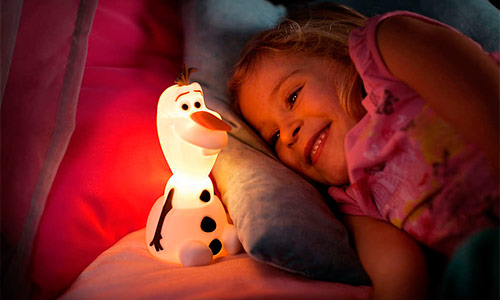Compared to a conventional lamp, LED has a lot of advantages. Consuming a minimum of electricity and barely heating up during operation, it gives a very bright stream of light, which is enough for both auxiliary lighting and for organizing the main lighting. And since this technique has reached such a high level, it’s time to think about replacing all the bulbs in the house with new ones - LED ones.

Content:
The best manufacturers of LED lamps for the home - which company to choose
CD-lamps, as well as the housekeepers in their time, are today perhaps the most fake goods on the market. However, the products of lesser-known manufacturers, who decided to just copy other people's ideas, are also not of high quality. But LED lamps are not cheap at all.
If you need a really good and durable lamp for the house, which will really help save money, look for models from well-known companies:
- Feron;
- Camelion;
- Jazzway
- Gauss;
- Navigator.
We will consider the best samples of LED lamps of these manufacturers in a separate article. In the meantime, let's see how to choose the right new for us lighting engineering.
The principle of operation and the device LED lamp for home
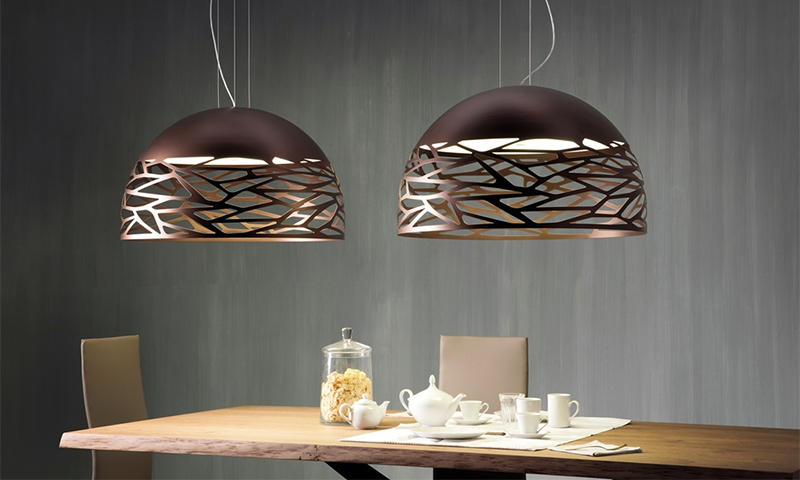
LED lamp looks little different from its predecessors.
Here you can see the same basic elements:
1. Base;
2. Glass flask.
That's just inside it, everything has changed beyond recognition. Instead of a tungsten coil, the light emits a built-in LED. But for its luminescence, such a high voltage as it is in the home network is completely unnecessary; therefore, an electronic circuit that converts it to the lamp is added to the lamp housing — the driver.
The LED itself is a device created from materials with different electrical conductivities. In one of its semiconductors there are a lot of negatively charged electrons, in the other - an excessive amount of positive “holes”.
At the moment the current is applied between them, a transition is created into which charged particles rush. When they collide in a transparent crystal, energy is released in the form of a light flux. Then it is scattered by the glass of the bulb, and we see a light bulb come on.
Types of LED lamps for home
Standard
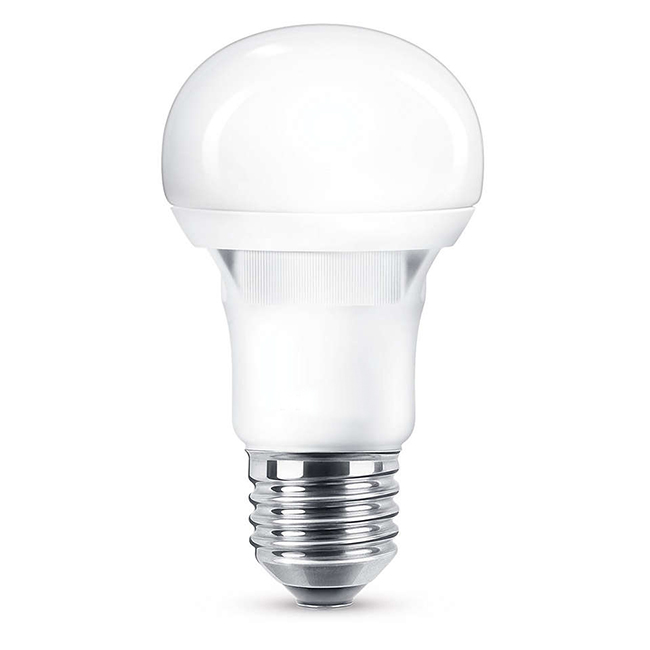
Such models usually consume up to 30-40 watts of electricity per hour, although the average indicator for them is 5-12 watts. These products are very durable and can work more than 3 years. In the process of illumination, low-power LED-lamps practically do not heat up, therefore they do not pose a danger to nearby fusible materials.
Pros:
- Cost-effective power consumption (when compared with incandescent lamps with the same luminous flux);
- Harmless - there are no mercury gases or vapors inside the flask;
- Due to the absence of a filament, such bulbs do not fail due to shaking and vibrations;
- Long service life;
- A variety of bulb shapes.
Minuses:
- Not cheap;
- Often faked.
RGB lamps

Such models are capable of playing with all the colors of the rainbow, thanks to the LEDs of three basic shades built into them: red (R or red), green (G - green) and blue (B - blue). Actually, it is only in this that they differ from standard LED lamps.
Otherwise, their characteristics are no better and no worse. Such LEDs light up the room quite well, but they paint it in different colors, which is completely unsuitable for main lighting, but is ideal for decoration and creating various special effects.
Pros:
- The same economical power consumption;
- Durability and low temperature;
- Interesting decorative effect.
Minuses:
- High price;
- Not suitable for main lighting;
- Give a not too bright glow.
Rechargeable

Such models are of 2 types. Some can work from the network, and during a blackout, switch to a backup battery. Others - emergency - are completely autonomous. Battery lamps are more adapted to critical climatic conditions (from -60 to +60 ° C) and serve from 3 to 5 years.
Pros:
- Autonomy - the lamp can work from the battery for 8-10 hours;
- Good quality lighting;
- Long service life;
- Excellent work in the heat and cold;
- If necessary, you can take with you on a trip.
Minuses:
- Very expensive.
LED lamps with remote control

Such models are the most convenient to use. The control signal is transmitted to the controller built into the lamp with an infrared or radio control. Thanks to him, you can adjust the brightness of the LED, make a small light show with rhythmic flashing, or just turn on / off the light without getting up from the couch and not even entering the room.
Pros:
- Efficiency, especially in the mode of a dim glow;
- The ability to control the lighting from another room, if you use the remote control;
- Long service life;
- Sufficient light output.
Minuses:
- Expensive;
- An extra remote will appear in the house.
There are also special models for "smart home", which are controlled via Wi-Fi. Such lamps consume per hour energy by 1.5 watts more when on and 0.5 times when they are off, and they are also quite difficult to install and configure.
Home LED Selection Options

Power and luminous flux
As in incandescent lamps, power consumption is partially spent on heating, so in LEDs, it does not go all the way to lighting. Something is spent on the driver, something is still “recycled” into heat. But for the buyer it is much more important how much light he will receive at the specified luminaire power.
Here it is best to draw an analogy with the incandescent lamps we are used to. To do this, the power consumption of the old light bulb must be divided by 9 (for the "margin", you can reduce the divider to 8). That is, if you used to light a 100 W lamp to illuminate a room, it will be fully replaced by an 11-13 W LED, giving out the same luminous flux of 1,200 lm.
It should be borne in mind that different glass lamps can affect the propagation of radiation. Matte flasks are the worst in this respect - they reduce the brightness of the glow by 30%.
Those who have just moved into a new apartment and do not know yet how much light needs to be “settled” in each room should be repelled from the established norms of illumination:
1. In the kitchen, for each square meter of space, 150 lm is required;
2. For the bathroom and bedroom enough 54 lm / sq. m;
3. The living room should be brighter - 431 lm / sq. m;
4. In the home office - 250 lm / sq. m and not less than 434 lumens directly above the desk;
5. For the corridor enough 50 lm / sq. m
You just have to determine the area of the room and multiply it by the appropriate standard indicator, and then choose the appropriate light bulbs. For example, you are the lucky owner of a 12-square kitchen. For its lighting you need 150x12 = 1800 lm. Such a luminous flux will provide you with two LED-lamps on 10 W or one on 20.
Colour temperature
Those who have already dealt with housekeepers, halogens and other fluorescent lamps, it is known that they can produce a luminous flux of different temperatures. Diodes do the same, creating “warm”, “cold” or neutral light.
Here, everyone is free to choose a shade to his own taste, and to understand exactly how your light will shine, its color temperature will help:
1. From 1800 to 3400 K - this is a cozy “warm” light with a yellow subtone, similar to the one given by incandescent lamps. Well suited for lighting the dining area of the kitchen and bedroom.
2. 3400-5000 K - a neutral, most universal shade, not allowing distortions.These bulbs should be used in the floor lamp under which you are reading, near the mirror, above the working kitchen table and in the children's room.
3. 5000-6600 K - pale yellow color, rendering blue. Perfectly invigorates, so it can be used in the bathroom, home office or in the corner with exercise equipment.
Base Type
LED lamps can be of any size and shape, but they also have a variety of sockets. On sale you can find 2 main types:
1. E (threaded) - designed for screwing into standard cartridges. The most common are light bulbs with caps E27 and E14 (popularly “minion”).
2. G (pin) - suitable for recessed spotlights, where the light bulb is easier to plug in than screw. Popular options are GU 10 and GU 5.3.
In any case, when choosing the LED lamp base, you will have to focus on the type of cartridge in a particular lighting fixture - there are no other options.
The presence of a radiator
The radiator is an aluminum cuff between the base and the bulb of the LED light bulb. He is responsible for the abstraction of excess heat, thereby prolonging the life of lighting.
The absence of this element or its replacement with a decorative plastic nozzle is the first sign that you have a fake or just an illiterately constructed light bulb that will not last for 3-5 years.
Radiation angle
This indicator was not needed when choosing a conventional incandescent bulb, so many people simply do not know about it. But in the case of LEDs, the radiation angle is of paramount importance.
Manufacturers usually do not give exact figures, but use special markings:
1. VNSP - here the radiation propagates at an angle not exceeding 8 °. Such products are capable of intensively illuminating only a small area in front of them.
2. NSP - the angle of light emission from 8 to 15 degrees.
3. SP - 15-20 °. These lamps create a directional beam of light, illuminating a small spot the size of a saucer on the surface.
4. NFL - 24-30 degrees.
5. FL - from 34 to 50 °, enough to illuminate the closets and other close spaces.
6. WFL - 50-60 degrees. Such lamps already fairly evenly distribute the beam of light around the room.
7. VWFL - over 60 ° (wide luminous flux).
What kind of LED lamp for home to choose
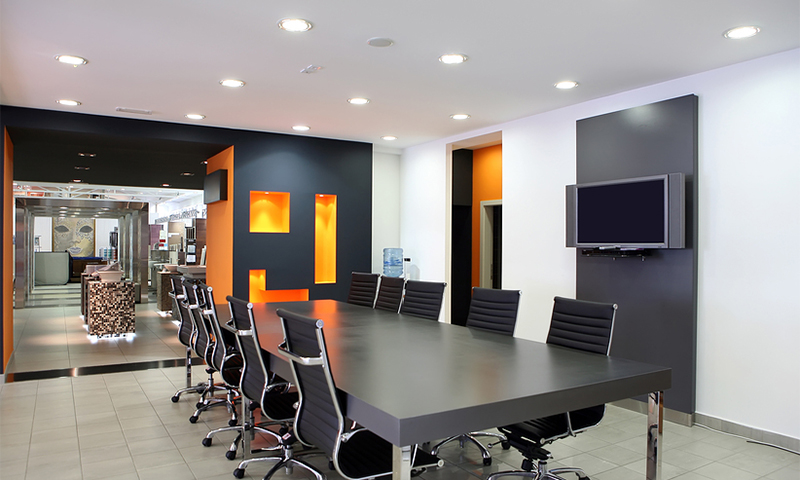
1. For lighting a small room (bathroom, small corridor, etc.) it is better to choose a product that is not too powerful up to 8 watts. If there is one light bulb, look for a WFL wide angle model. In the case when there are 2-3 luminaires in the room, you can take NFL lamps.
2. In a medium sized bedroom or a spacious hall, it is advisable to buy warm light bulbs with a power of about 14 watts. Again, a single light source should produce a wide stream, scattering it at an angle of at least 60 °. For 3-4 individual fixtures this is not so important. Just do not take products where the radiation propagates at an angle of up to 30 degrees, otherwise you will receive auxiliary point lighting instead of the main one.
3. In a large room (living room, kitchen-dining room) or in a studio apartment you will need powerful lamps up to 22 watts. It is important that the main light was at an angle greater than 50 °.
4. Exotic lovers can buy RGB LED lamps with a control panel or connected to a common external controller. Best of all, they will look like decorative niche lighting, separate accessories in the interior, multi-level ceilings and arched openings.
5. Residents of villages and small towns on the periphery, where there are frequent interruptions in the light, it makes sense to buy at least a couple of rechargeable SD-lamps. They can be screwed in the nursery and in the main office space, so as not to sit without light, if the electricity is switched off again.
How much is a LED lamp
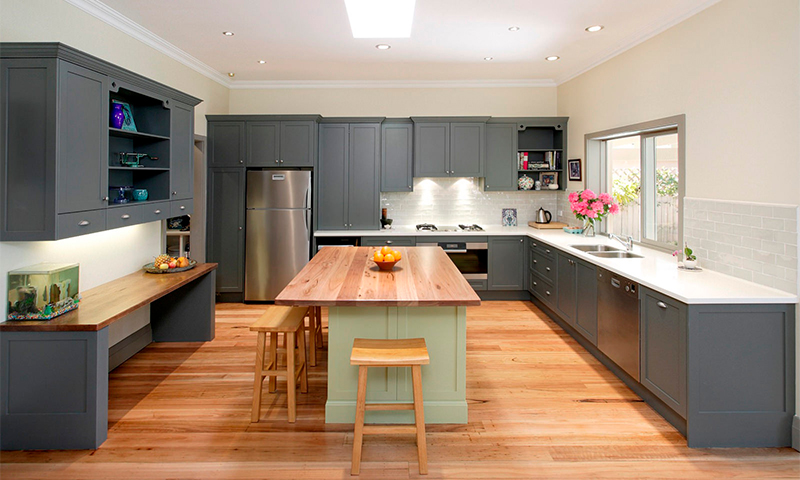
1. Standard LED bulbs with an E27 base can be purchased at prices ranging from 20 rubles for a 7-watt crumb to 5500 if its power is 1 kW.
2. Minionchiki are priced from 20 to 4000 rubles.
3. The cost of LED lamps RGB ranges from 140-2700 rubles.
4. For an autonomous battery model will have to pay about 500-1700 rubles.
5. The cost of dimmable LED lamps with a control panel starts from 300 rubles and reaches 6 thousand.
6. SD light bulbs with Wi-Fi for the “smart home” start from 130 rubles and easily reach the price ceiling of 16 thousand rubles.
It will be interesting to friends too


